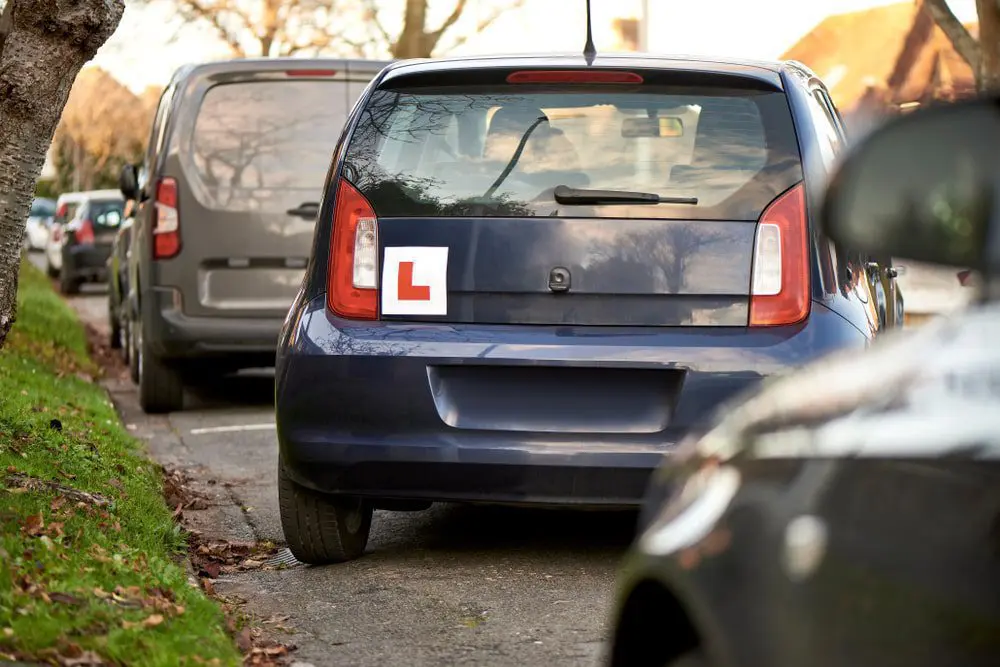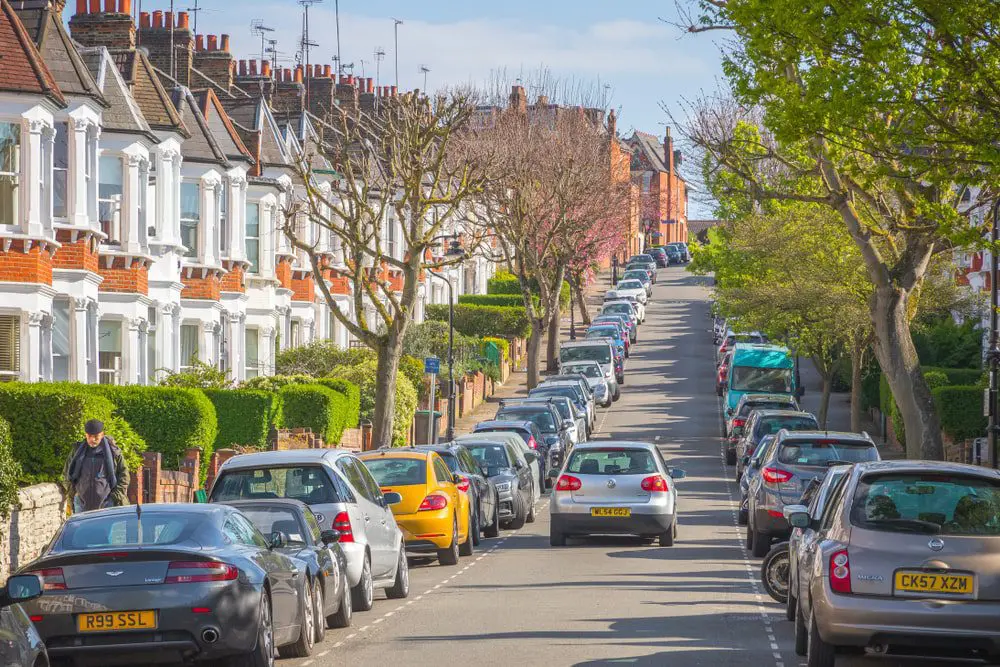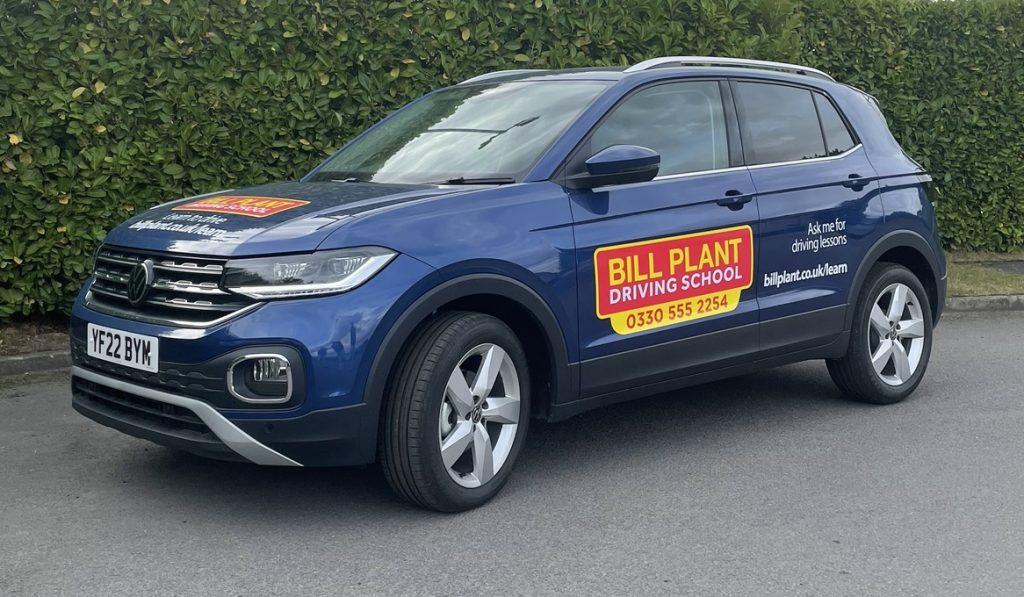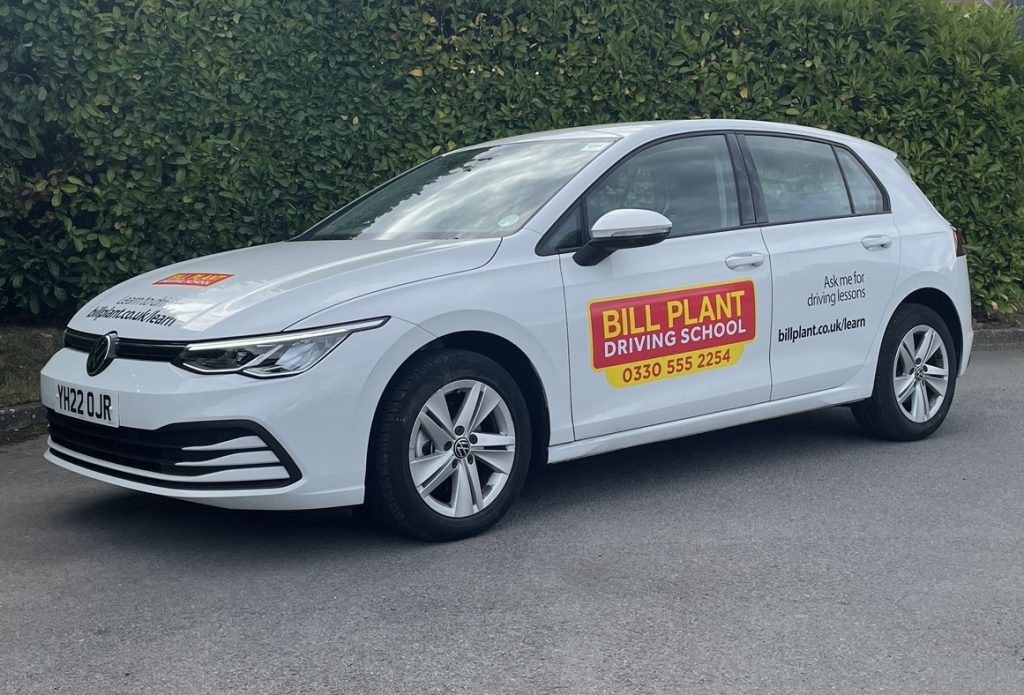At Bill Plant Driving School, we always start with the basics.
If you’re a beginner or just need to refresh your memory, we’ve got you covered with our new series on the basics of driving. We’ve already discussed how to set up a car seat and how to start a car, move off and stop, and now we’ve laid out a detailed guide on how to parallel park.
This manoeuvre can be a bit intimidating for new and experienced drivers alike. But, it’s something all drivers need to learn. These are the best parallel parking tips and techniques to get you performing this manoeuvre confidently.
So, strap in and let’s get going.
If you’re not at the point of parallel parking just yet, discover our other guides on how to set up your car steering wheel, how to adjust car mirrors for maximum visibility and car gears.

What is parallel parking?
Parallel parking is an essential skill that all drivers need to know how to perform correctly. Essentially, parallel parking involves putting your vehicle in a parking space that is parallel to the road, usually in a line of other parked cars.
Most of the time, you’ll position your car roughly 1 metre side-by-side from the car you’ll be parking behind. You’ll then reverse into the space behind it, up to two car lengths, whilst straightening up and coming to a stop.
Although it’s considered one of the more difficult manoeuvres that drivers have to perform, most people become skilled at parallel parking over time.
When will you need to parallel park?
You’ll need to parallel park when a parking spot on a road is too small for you to drive forward into. Usually, there needs to be two empty parking spaces in a row for you to be able to park by driving forward. So, if there’s only one empty space, you know you’ll need to parallel park.
Performing a parallel parking manoeuvre means you can park in a space that isn’t much bigger than your car. The most common places you’ll need to do this are city centres, busy towns, or residential streets. In these places, parallel parking is often the only way to find a parking spot.

Why do you need to know how to parallel park?
You may be asked to perform one of the following manoeuvres as part of your practical driving test: bay parking, pulling up to the right-hand side of the road and reversing two car lengths, or parallel parking at the side of the road.
This means that there’s a 1-in-3 chance you’ll be asked to parallel park by your examiner, so you need to know how to do it correctly. You could fail your test if you lose control of the car when performing this manoeuvre or make a serious misjudgment.
You also need to know how to parallel park after you’ve passed your test and are out on the roads. It’s a reasonably common manoeuvre that drivers have to perform.
If you live in an area where parking spaces are at a premium, you’ll most likely have to parallel park on a daily basis.
How to parallel park: step-by-step
Stop alongside the parked car
Check your mirrors and blind spots as you approach the empty parking space to ensure it is safe to undertake this manoeuvre. Signal if necessary, depending on whether there are any road users who may be at risk, that you intend to stop alongside the vehicle ahead of the parking space.
Stop your vehicle so it’s parallel to the car parked in front of the space you’re reversing into. If you notice oncoming traffic, you’ll need to wait until it’s clear to begin performing the manoeuvre. If anything new approaches from the rear, such as cyclists or other vehicles, turn on your indicator to signal your intention to park if it is not already on..
You should stop your vehicle slightly ahead of the parked car, leaving about a metre space between you. This will prevent you from making any contact with the car.
If your indicator is on, you can turn it off once you’re stationary, as the reverse lights on your car will now signal to other road users what you are doing.
Check your positioning and make observations
All manoeuvres require you to make all-around observations, and parallel parking is no different.
Make sure you check all of your mirrors and blind spots frequently, and if you notice anything approaching, pause the manoeuvre and allow them to pass you.
If it’s clear and safe to do so, you can now begin to position your car so that the rear is level with the vehicle in front of your parking space. Keep checking your rearview mirror and rear window as you begin to do this.
You may have worked out reference points for this with your instructor, so use these if you’re comfortable with them. Generally speaking, reverse back a little further, as this is safer than being too far forward. If you’re satisfied that you’re positioning is correct, stop the car and prepare for the next step.
Start reversing into the space
When you’re turning into the space, the front of your car will move out into the road, which can be dangerous if there is oncoming traffic.
Recheck your mirrors and blind spots; if it’s safe, engage the reverse gear and start to reverse slowly.
You then need to move the steering wheel one full rotation to the left. If you’ve given yourself enough room, this should be enough steering to avoid the other vehicle.
Your next reference point is typically when the front-left corner of your own vehicle has lined up with the rear-right corner of the other parked vehicle. This may be different if you and your instructor have agreed on different reference points, so be sure you’re familiar with whatever system you use during your lessons.
As always, constantly check your mirrors and blindspots while performing this step and allow any other approaching road users to pass you.
Go into full lock and straighten up
Now that you’ve reached your second reference point, you need to put the steering wheel into a full, right lock. Reverse very slowly and gradually bring your vehicle parallel with the kerb. Keep checking your mirrors as you do this.
As you’re reversing, look in your left-hand mirror to gauge your distance from the kerb. If you make contact with it during your driving test, you will be given a fault.
If you think you’ve misjudged the manoeuvre, you can go into first gear, move back to the previous point of reference, and then reverse back in again. Remember, take it as slowly as possible and keep checking your mirrors.
Once you’re happy with your position, straighten up the steering wheel and come to a stop in the parking spot. The gap between you and the car in front should be no more than two car lengths. You’ll need to move forward if the gap is bigger than this.
Top tips for parallel parking
- Be precise: make sure you steer precisely and keep a close eye on your left-hand mirror to gauge your distance from the kerb. You want to be close to the kerb but not touching it. If in doubt, re-adjust and try again.
- Mirrors and blindspots: you must constantly check your mirrors and blind spots at every stage of this manoeuvre. If anyone approaches, stop and let them pass before you continue.
- Go slow: keep your speed as low as possible. This will give you maximum control of the vehicle and will make it easier to correct any errors.
- Know your reference points: some instructors will work out specific reference points with learner drivers, whereas others will use the standard ones. Ensure you’re familiar with the system you’re using before your driving test.
Parallel parking: the main takeaways
The parallel park manoeuvre is often one of the most feared amongst new drivers. But, you’ll need to know how to do it for your driving test, and you’ll use it often in day-to-day driving.
As long as you remember to keep it slow, check your mirrors, and stick to your reference points, you’ll be able to safely complete this manoeuvre over and over.
At Bill Plant Driving School, we help thousands of people each year to learn to drive. Our expert instructors can teach you this manoeuvre, as well as everything else you need to know, during your driving lessons. We take the stress out of learning and get you driving confidently in no time.

